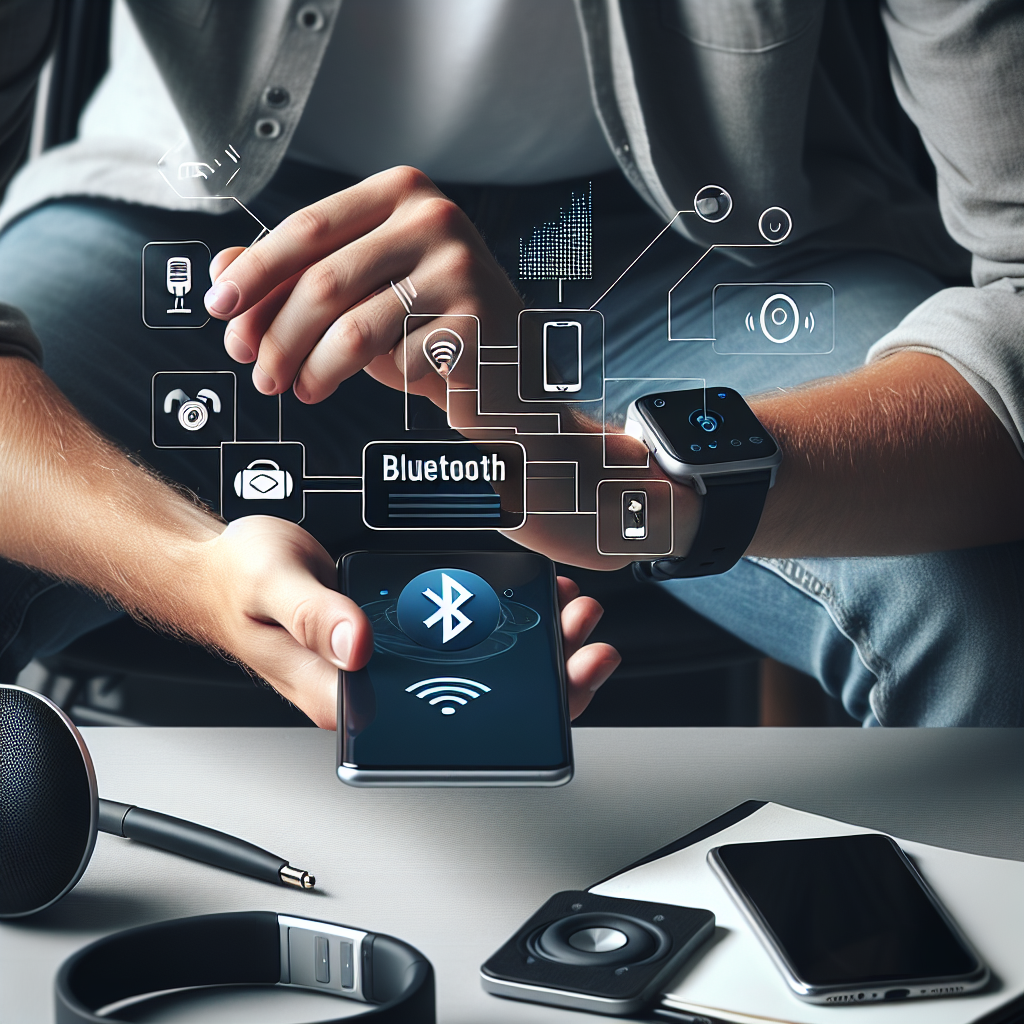Bluetooth technology has revolutionized the way we connect our devices wirelessly. From headphones to keyboards and even smart home systems, understanding how to use Bluetooth effectively can enhance your tech experience significantly. Here, we will guide you through the essentials of using Bluetooth technology, including setup, troubleshooting, and tips for optimal performance.
Introduction to Bluetooth Technology
Bluetooth is a wireless technology standard used for exchanging data over short distances from fixed and mobile devices, creating personal area networks (PANs). It was invented by the telecom vendor Ericsson in 1994 and has since become an industry standard for wireless communication.
Common Uses of Bluetooth
Bluetooth technology is versatile and can be used in various applications:
- Wireless Audio Devices: Connect headphones, speakers, and car audio systems.
- Peripheral Devices: Pair mice, keyboards, and printers with computers and tablets.
- File Sharing: Transfer files between devices without the need for physical connections.
- Health and Fitness: Sync fitness trackers and smartwatches with smartphones.
- Smart Home: Control smart home devices and appliances.
How to Set Up Bluetooth
Step 1: Turn On Bluetooth
Most modern devices have Bluetooth capabilities built-in. Typically, you can turn on Bluetooth by going to the device’s settings menu and selecting the Bluetooth option. Ensure that the Bluetooth switch is toggled to the “On” position.
Step 2: Pairing Devices
To pair two Bluetooth devices, one must be set to “discoverable” mode. This allows the other device to detect it. Most devices will show a list of available devices to pair with:
| Device Type | Steps to Pair |
|---|---|
| Smartphone | Settings > Bluetooth > Select device |
| Headphones | Press and hold power button until LED flashes |
| Computer | Settings > Devices > Bluetooth & other devices > Add Bluetooth |
| Smart Home Device | Use app to register and pair device |
Step 3: Confirm and Connect
Once a device is detected, select it from the list of available devices. The devices may require a passkey or PIN to complete the pairing process. Common passkeys include “0000” or “1234.”
Tips for Maintaining Bluetooth Connections
- Keep Devices Close: Bluetooth works best when devices are within 30 feet of each other.
- Avoid Obstacles: Large objects and walls can interfere with Bluetooth signals.
- Update Firmware: Ensure devices have the latest firmware updates for optimum performance.
- Limit Interference: Turn off other wireless devices that may interfere with the Bluetooth connection.
Troubleshooting Common Bluetooth Issues
Issue 1: Devices Not Discovering Each Other
Ensure both devices have Bluetooth enabled and are in pairing mode. Restarting both devices can also resolve this issue.
Issue 2: Poor Connectivity or Signal Drops
Move the devices closer together, reduce interference by turning off other devices, or update the firmware on both devices.
Issue 3: Cannot Pair Devices
Double-check the passkey or PIN entered. Some devices might require additional permissions, so review the device’s user manual.
Advanced Bluetooth Tips
Bluetooth Profiles
Bluetooth profiles define the standard functionality and behaviors for Bluetooth devices. Understanding profiles like A2DP (Advanced Audio Distribution Profile) for audio streaming or HID (Human Interface Device) for peripherals can assist in connecting devices correctly.
Multiple Connections
Some modern Bluetooth devices support connecting to multiple devices at the same time. For example, a set of Bluetooth earbuds might be able to connect to both a phone and a laptop simultaneously.
Conclusion
Bluetooth technology provides a convenient way to connect devices wirelessly. By understanding the basics of Bluetooth setup, maintenance, and troubleshooting, you can make the most out of your Bluetooth-enabled devices. Whether you’re using it for audio streaming, file transfer, or smart home connectivity, Bluetooth makes wireless communication simpler and more efficient.

